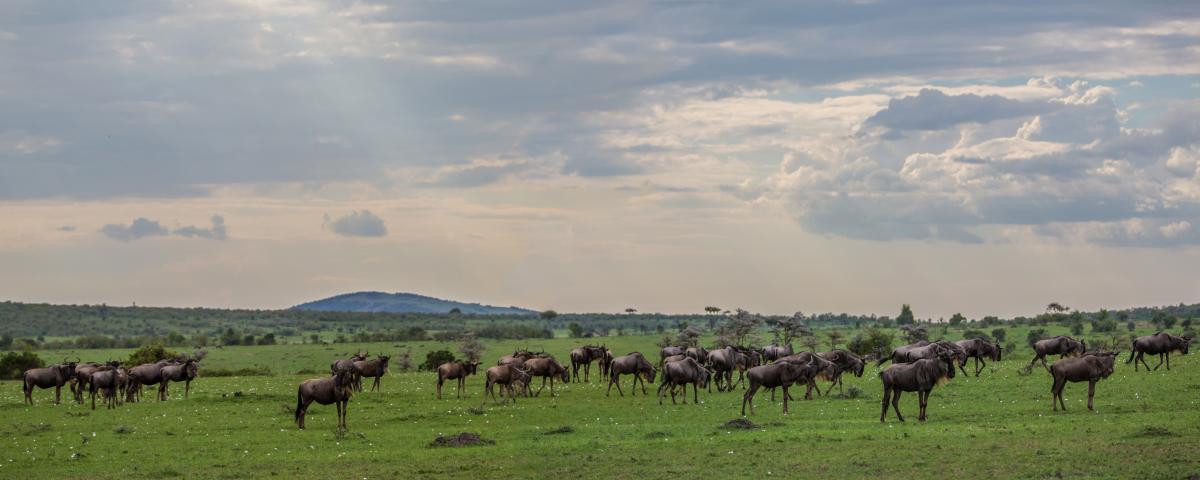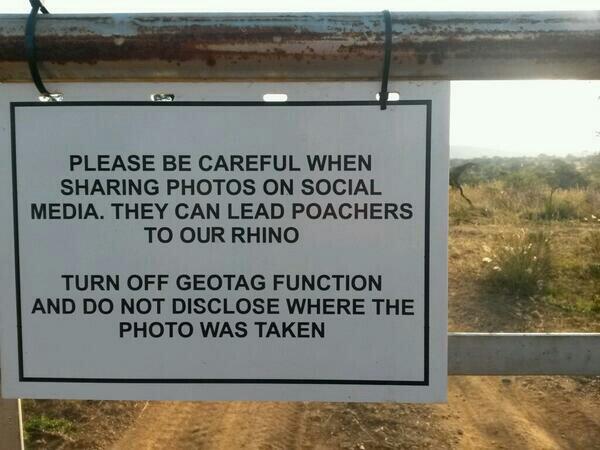Should We Stop Tagging Photo Locations?
By: Christian Nasulea, Ph.D.Posted on December 04, 2018 FREE Insights Topics:
John Baden’s Intro to Insight by Christian Nasulea
Many people who elect to live here enjoy outdoor places they’ve discovered. Most move here in anticipation of doing so, no one comes to mine or log. Rather, people are attracted to our romance lands and our comfortable civic culture. Parks, wildlands, forests, range, ranches, and wild waters offer grand settings for wholesome and productive lives.
Lucky ones find a few special places isolated and insulated from crowds. This protection is largely by ignorance of their existence and location. Although physically accessible, they resemble near private, unsullied places.
Fortunately, improved technology generally reduces the impact of people in these special places. Increased cultural sensitivity to untrampled ecology complements technological progress. Consider transportation to these special places: Fuel economy is twice that of four decades ago and vehicular pollution one quarter. Concurrently, the growing ethic is to leave no trace.
Alas, technology can also compound disruption by advertising attractive locations. Economics professor Christian Nasulea of Romania, a FREE Senior Scholar, analyzes the consequences of geotagging these special places. “Now, many people are voicing their concerns with regards to the destruction of natural landmarks because certain very photogenic locations that used to be “hidden gems” get geotagged on social media and subsequently get trampled by floods of tourists.”
He also warns of the increased dangers of poaching when the precise locations of herds of wild animals is posted. Even individual animals can be geotagged, and their locations posted. Imagine the potential threat of drones to trophy animals.
Professor Nasulea concludes with this: “Should we encourage policies that make beautiful natural landmarks accessible while remaining protected? Naturally!” I add that this is a niche for environmental policy entrepreneurs to explore.
The following is written by Christian Nasulea
When I went to Kenya in 2014 I was already a veteran of photo geotagging. I had a GPS unit hooked up to my camera and sometimes another one in my pocket recording my location as a backup. Uploading my photos to Google Photos I would then have them nicely arranged on a map with the exact location and compass bearing for each photo.

© 2014 Christian Năsulea – Wildebeest in the Masai Mara
At the time, Facebook and other social media sites gave users the opportunity to tag the photo location-- but the places were rather general. Now Facebook locations can be precise.
I did not have the time to post many photos while in Kenya nor when I returned to Romania. Here is why I have few regrets: Shortly after my return a picture went viral on Twitter. Poachers using geotagged photos uploaded by tourists on the Internet to locate and kill endangered rhinos[1].
This was the original tweet:
This is a quintessentially 21st century photo pic.twitter.com/rXvB12xMm6
— flashman (@flashman) May 5, 2014

Now, many people are voicing their concerns with regards to the destruction of natural landmarks because certain very photogenic locations that used to be “hidden gems” get geotagged on social media and subsequently get trampled by floods of tourists.
The Leave No Trace Center for Outdoor Ethics advises visitors to “avoid tagging (or geotagging) specific locations. Instead, tag a general location such as a state or region, if any at all”[2]. According to Leave No Trace, photo geotagging can lead to significant impact on particular places.
The Jackson Hole Tourism Board is encouraging tourists to “Post the photo. Trash the tag.”[3] and they’ve even produced a video entitled “Tag Responsibly”[4] hoping to “keep Jackson Hole wild”.
The same website goes on to say:
In Jackson Hole, our lands are highly ‘grammable because of a tradition of preserving the wild. Unfortunately, every time someone tags the precise location in an epic nature photo, it brings excess traffic that’s harmful to the environment. As champions of conservation, we ask that you share your photos using a generic location tag:
Tag Responsibly, Keep Jackson Hole Wild.
There’s even a hashtag on Instagram encouraging people, or rather places, to #StayWild.
In a world filled with websites like “18 can't miss shooting locations in Jackson Hole, Wyoming”[5] or “The Top 8 Photo Opportunities and Selfie Spots in Jackson Hole”[6] or Trip Advisor’s extensive forum containing detailed discussions regarding the “location of scenic iconic photo spots in fill-in-the-name-of-your-preferred-natural-landmark-here” it’s hard to imagine that we might still be able to decrease the flow of tourists to formerly hidden wonders by using generic location tags instead of precise ones.
Real hidden gems stay hidden because they are widely known nor easily accessible. However, accessible landmarks may get more public support and hence better protection. Why? People see them, experience them and, as a result, care more about those landmarks.
Think about incentives. Some people get advertising revenue by telling other people how to take the famous Ansel Adams shot. Tourism boards achieve their primary objective when they attract more visitors. Many businesses thrive around national landmarks by selling tours and unique experiences. Money is a persuasive motivator.
As long as all these interested parties know they stand to gain in the long run they’ll also be interested to preserve the landmarks long term. Add to this the fact that a lot of people have come to know and love these places because Ansel Adams took that one photo, and since then millions of people have taken and shared millions more. There are some sound reasons to encourage the use of photos to drive interest in natural landmarks.
Should we tread more carefully in our use of geotags? Perhaps!
Will more of today’s hidden gems become mainstream selfie spots? Certainly!
Should we encourage policies that make beautiful natural landmarks accessible while remaining protected? Naturally! This is a niche for environmental policy entrepreneurs to explore.
[1] Pasick, Adam. (2014). Geotagged safari photos could lead poachers right to endangered rhinos. Quartz. Retrived from: https://qz.com/206069/geotagged-safari-photos-could-lead-poachers-right-to-endangered-rhinos/
[2] Leave No Trace. (2018). New Social Media Guidance. Retrieved from: https://lnt.org/blog/new-social-media-guidance
[3] Jackson Hole Tourism Board. (2018). Sustainability. Retrieved from: https://www.visitjacksonhole.com/sustainability
[4] Jackson Hole Tourism Board. (2018). Tag Responsibly. Retrieved from: https://www.youtube.com/watch?v=6FIsg6p0w5s
[5] It seems strange to reference such resources in an article that questions their utility in preserving natural landmarks as each mere reference will be seen by search engines as an endorsement of said resource. Still, for the sake of the academic research process:
The Clickin Moms Blog. (2018). 18 can’t miss shooting locations in Jackson Hole https://www.clickinmoms.com/blog/18-cant-miss-shooting-locations-in-jackson-hole/
[6] Jackson Hole Central Reservations. (2018). The Top 8 Photo Opportunities and Selfie Spots in Jackson Hole. Retrieved from: https://www.jacksonholewy.com/blog/the-top-photo-opportunities-in-jackson-hole/

